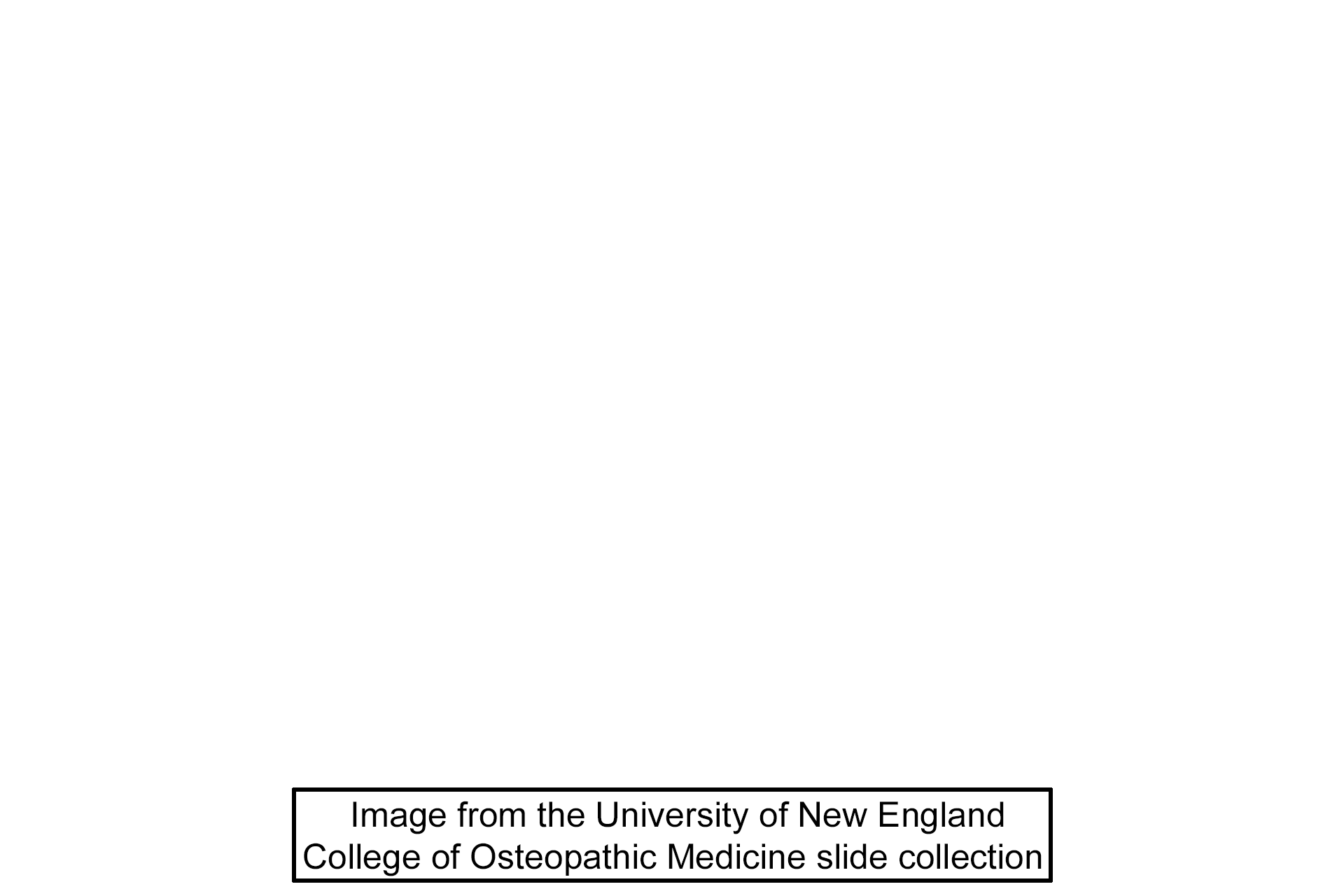
Seminiferous tubules - convoluted portion
Spermatogonia and early primary spermatocytes are located in the basal compartment created by the blood-testis barrier. Older primary spermatocytes, secondary spermatocytes and spermatids, all located in the adluminal compartment, are provided with a specialized environment of high testosterone levels and protection from an autoimmune attack. 600x

Seminiferous tubule: convoluted portion
Spermatogonia and early primary spermatocytes are located in the basal compartment created by the blood-testis barrier. Older primary spermatocytes, secondary spermatocytes and spermatids, all located in the adluminal compartment, are provided with a specialized environment of high testosterone levels and protection from an autoimmune attack. 600x

Spermatogonia
Spermatogonia and early primary spermatocytes are located in the basal compartment created by the blood-testis barrier. Older primary spermatocytes, secondary spermatocytes and spermatids, all located in the adluminal compartment, are provided with a specialized environment of high testosterone levels and protection from an autoimmune attack. 600x

Primary spermatocytes
Spermatogonia and early primary spermatocytes are located in the basal compartment created by the blood-testis barrier. Older primary spermatocytes, secondary spermatocytes and spermatids, all located in the adluminal compartment, are provided with a specialized environment of high testosterone levels and protection from an autoimmune attack. 600x

Spermatids (early)
Spermatogonia and early primary spermatocytes are located in the basal compartment created by the blood-testis barrier. Older primary spermatocytes, secondary spermatocytes and spermatids, all located in the adluminal compartment, are provided with a specialized environment of high testosterone levels and protection from an autoimmune attack. 600x

Spermatids (late)
Spermatogonia and early primary spermatocytes are located in the basal compartment created by the blood-testis barrier. Older primary spermatocytes, secondary spermatocytes and spermatids, all located in the adluminal compartment, are provided with a specialized environment of high testosterone levels and protection from an autoimmune attack. 600x

Spermatozoa
Spermatogonia and early primary spermatocytes are located in the basal compartment created by the blood-testis barrier. Older primary spermatocytes, secondary spermatocytes and spermatids, all located in the adluminal compartment, are provided with a specialized environment of high testosterone levels and protection from an autoimmune attack. 600x

Residual bodies >
During spermiogenesis, spermatocytes shed much of their cytoplasm which is visible as residual bodies. Residual bodies are eventually phagocytosed by Sertoli cells or shed into the lumen of the tubule.

Sertoli cells >
Sertoli cells extend the entire thickness of the epithelium. Lateral extensions from adjacent Sertoli cells form occluding, tight junctions that constitute the blood-testis barrier. The area deep to the barrier, the basal or abluminal compartment, contains spermatogonia. Above the barrier is the apical or adluminal compartment and contains the later stages of spermatogenesis. Sertoli cells do not divide.

Tunica propria >
The tunica propria surrounds each tubule and consists of multilayered myoid cells that have contractile properties. Contractions produce peristaltic waves to propel spermatozoa through the seminiferous tubules. These peritubular myoid cells also produce collagen fibers.

Image source >
Image taken of a slide in the University of New School School of Osteopathic Medicine collection.